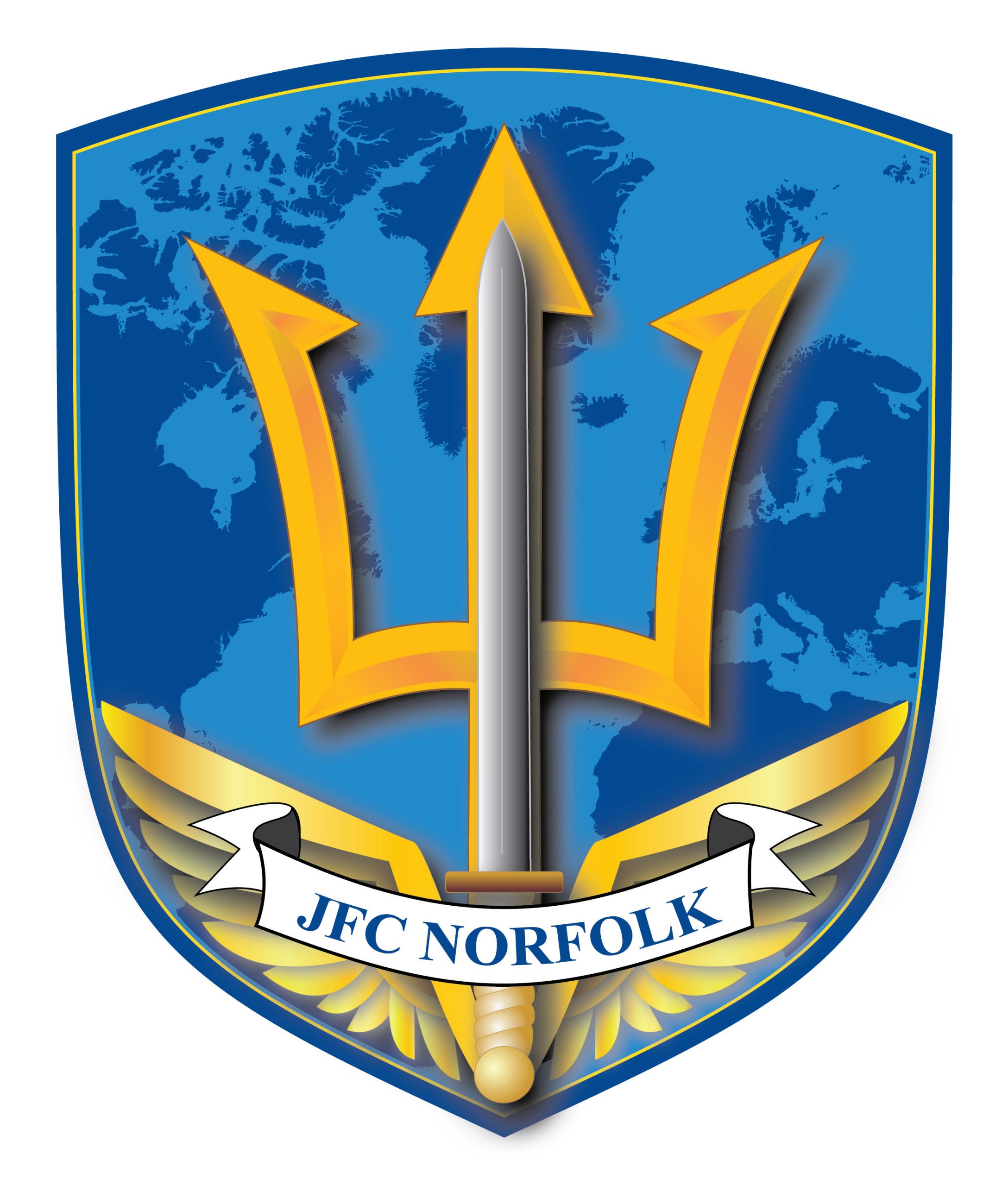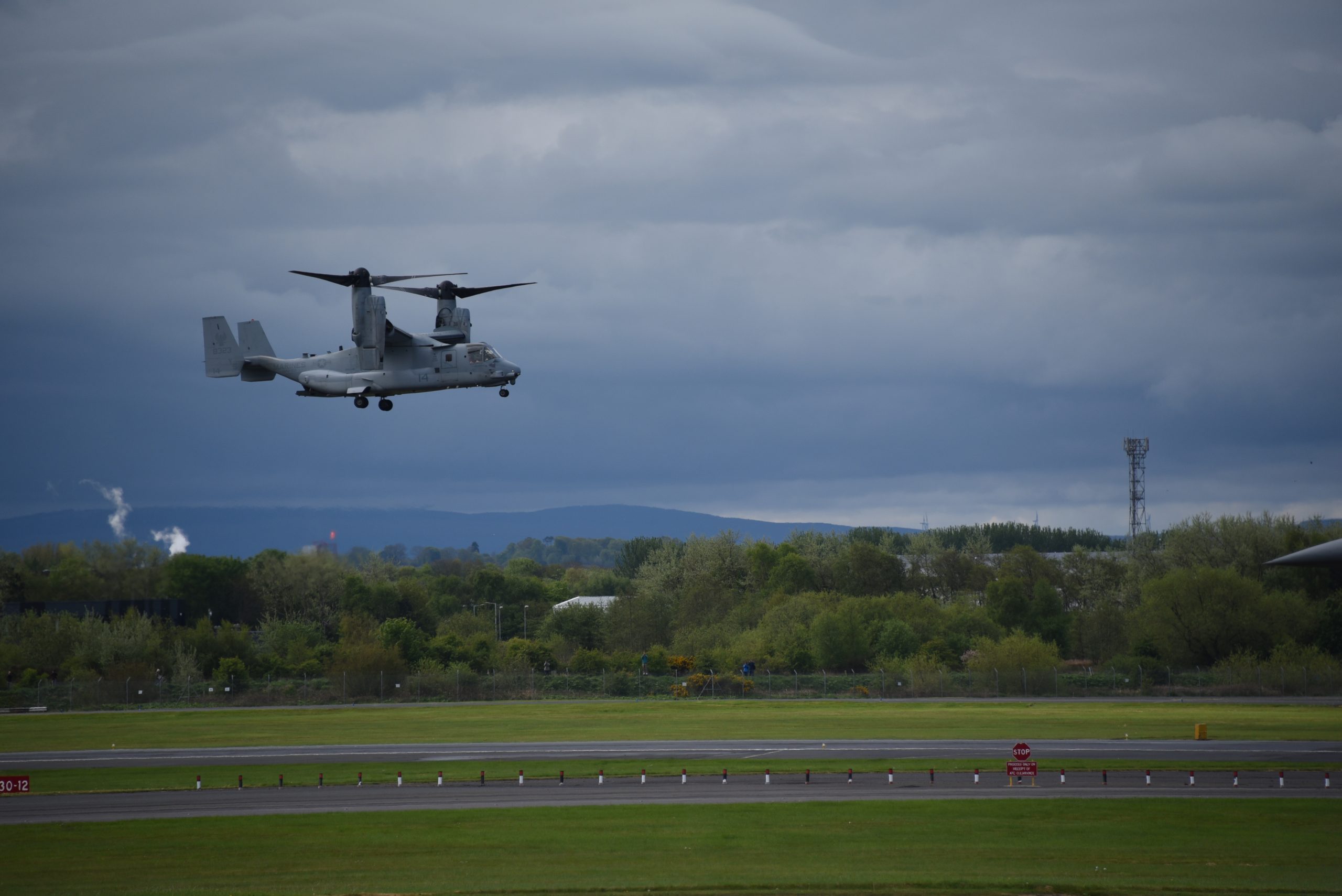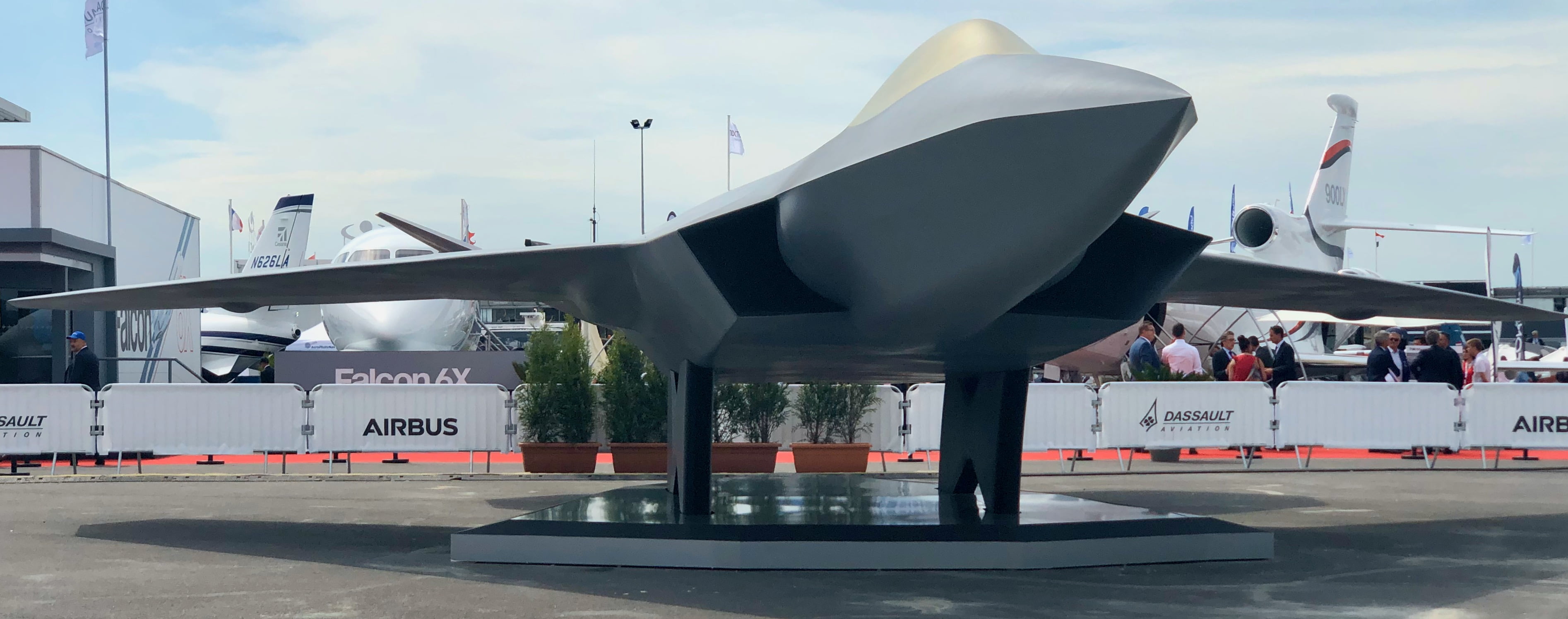By Robbin Laird and Ed Timperlake
As the U.S. Navy works its 21st century approach to fighting as a distributed but integrated fleet, a key element of success in doing so will be its ability to work more effectively with allied navies as they evolve as well. As the maritime forces work through how to best to deter and to fight dealing with 21st century authoritarian powers, notably those who possess nuclear weapons, it is crucial that presence provides for an ability to shape capabilities which can allow for crisis management and escalation control when needed.
To do so, requires for the U.S. Navy as it evolves its warfighting and crisis management approach to not just engage with allied navies but to learn from them as well with regard to how to work more effectively together. The standing up of Allied Joint Force Command Norfolk, co-located with the newly established 21st century version of Second Fleet provides for such an opportunity.
During our March 2021 visit to Norfolk, we had a chance to discuss with a very experienced British Naval Officer serving on the JFC Norfolk staff. Captain Paul Russell is the Assistant Chief of Staff for Operations at the command. His experience spans global naval operations.
As examples of his experience, he deployed to the Falkland Islands for guard ship duties. He deployed down the West African coast and arrived as the first UK ship to go to Luanda for ten years. And his service has embraced working on the European Union Operation Sophia mission, which has been shaped to deal with the Mediterranean migration crises as well.
During most of his time with the Royal Navy, the size of the force was being reduced, and the Royal Navy had to focus on single ship deployments for their global operations. Obviously, this is challenging and requires significant seafaring competencies by the Captain and the crew. Captain Russell has navigated those waters for some time.
With the coming of the new carrier to the Royal Navy, there is a new focus on shaping task forces.
Notably, as the U.S. Navy shifts to thinking through new ways to fight as a fleet, in effect, what we call modular task forces are part of the recalibration as well. There is little doubt that as the Royal Navy and Royal Air Force think through how to do air-sea task forces, their thinking will both influence and be influenced by the U.S. Navy as well.
As Captain Russell put it during the interview: “We provide a portal into NATO for the Second Fleet. Second Fleet is the tactical maneuver headquarters, but as a NATO command, we are focused on our role as an operational headquarters on protecting and defending the strategic lines of communication between Europe and America.”
NATO Defence Ministers decided in June 2018 to adapt the Alliance’s command structure with a new Atlantic command in Norfolk, and a command for support and logistics in Ulm, Germany. Joint Force Command Norfolk joined NATO’s two existing Joint Forces Commands, located in Brunssum, Netherlands, and Naples, Italy.
Captain Russell argued that NATO European navies, in part because of their size, work closely together. He sees the co-location with C2F as an opportunity to bring that experience to be able to work more closely with the U.S. Navy. And as Vice Admiral Lewis has sought to put NATO C2 on U.S. Navy ships, this effort will become more widespread and effective as well.
According to Captain Russell, one focus of attention on working with the U.S. fleet is to ensure that it works to NATO standards, and not just U.S. Navy standards. “NATO procedures are well-founded and need to be incorporated on the US Navy side more effectively as well.” Obviously, doing so will allow for a more effective integrated distributed force.
He also noted that changes in NATO policies are allowing for more flexible national engagements with other NATO nation’s navies. Rather than a more rigid process of committing national platforms to a particular joint command, more flexibility is being generated whereby national deployments for national purposes can provide capabilities to task forces for a specific duration to achieve a particular policy or combat effect.
He argued that as the size of fleets will not grow to the scale of the challenge, a clear way ahead is shaping more effective integratability.
And he underscored, that he saw this as not only a technological development.
As he put it: “When you discuss the kill web, I would argue that the most gains in being able to do so will come for changes in policy, not simply technology.”
The kind of policy changes crucial to progress in better integratability revolve around shaping more effective security management systems, such as foreign disclosure agreements, better use of software gateways to allow for more effective sharing of information, and the key element of shared training and warfare integration.
Captain Russell noted that with regard to the Royal Navy and the United States, the common aircraft, the common training and common operations being shared between the USMC and the Royal Navy onboard HMS Queen Elizabeth is a key element of the kill web.
“That engagement demonstrates an element of trust and information sharing beyond anything that has been shown before.”
In short, NATO is evolution; the U.S. Navy is in evolution.
The goal of the Norfolk commands is to shape effective convergence upon effective operational capabilities.
Authors Note:
Having a Royal Navy Surface combatant as performed by Captain Russell deployed to the Falkland Islands for guard ship duties makes several seminal points about the legacy of the Falkland Island War for all seafaring forces.
In 1982, Argentine Junta leadership comprised of former military officers including both army Generals and an Admiral known as the “Galtieri Governmant” chose to invade and occupy British territory.
The first overt act was actually an “information war” move with “scrap metal merchants” infiltrated by Argentinian Marines raising their national flag on South Georgia Island.
A RN ice patrol vessel, HMS Endurance, had been sent to investigate. The CO of HMS Endurance Captain Nicholas Barker RN gave warnings that an invasion of the Falklands was possible and on 2 April 1982 Argentine forces mounted Operation Rosario an amphibious assault.
Sensing trouble the British very early had begun to move submarines south to cover the approximate 8,700 miles.
That was a prescient move because the surface naval battle of the Falklands war was settled decisively by HMS Conqueror.
On 2 May Conqueror became the first nuclear-powered submarine to fire in anger, launching three Mark 8 torpedoes at General Belgrano, two of which struck the ship and exploded. Twenty minutes later, the ship was sinking rapidly and was abandoned by her crew.
It was not surprising that a submarine could remove all surface threats against an opponent that was tragically for them clueless in conducting successfully any form of ASW. Using a submarine was a perfect platform.
This combat move was brilliant and not surprising because British military operations in the Falklands War were given the codename Operation Corporate and commanded by Admiral Sir John Fieldhouse.
The British Commander had a very impressive career.
Entering the RN in 1944; “In July 1964 he took command of HMS Dreadnought, the Royal Navy’s first nuclear submarine. He attended the Joint Service Defence College in 1966, after which he became second-in-command of the aircraft carrier HMS Hermes”
Operations lasted from 1 April 1982 to 20 June 1982.
There are many insightful after-action reports on how the campaign played out leading to the magnificent and courageous British victory.
However, there are two original source points that transcend the Falkland campaign that must be mentioned.
Ed Timperlake then 2nd Lt USMC was assigned to the TA-4 advanced jet training pipeline in Kingsville Texas and had Argentine fellow student pilots in his squadron. They were very good pilots. Over a decade later their courage in flying a max range strike over the bitter cold South Atlantic against the British fleet in a single seat light attack A-4s is beyond dispute and they paid the price.
What was not known was that they were attacking to low and releasing their bombs before the mechanical fuse had a chance to spin up. Consequently, what could have been devastating for surface ships turned out mostly to be a direct hit only of the kinetic energy of just heavy non-exploding metal punching holes. Consequently, RN shipboard damage control teams had less a problem to fix. However, bombs with “snake-eye” retarded fins could have had activated fuses with exploding warheads when they hit but apparently there were not many “snakes” in their inventory. The attacking force never figured this out.
Now enter 21st Century social media because even just one individual in the British forces, including merchant seaman, bragging on a cell phone or on the internet about the Argie mistakes in their attack profile and many more ships could have been mortally wounded. Operational security, Op-Sec, is that important in today’s electronically interconnected world.
The second firsthand point was in Ed Timperlake taking over the OSD Office as Principal Director Mobilization and Planning and Requirements, a civilian political position appointed by President Reagan and reporting to Secretary Weinberger, he saw firsthand the action directed by the U.S. Secretary of Defense.
Secretary Weinberger ordered essentially “Give the Brits whatever they need.”
The lesson learned is National Command authority leadership always focusing on “the second day” of the outbreak of any combat; Where are the logistics and will everything be enough?
Queen Elizabeth II honored “Cap” Weinberger for his unyielding support during the Falkland’s War.
In a private audience Tuesday with Queen Elizabeth II, former Defense Secretary Caspar W. Weinberger was awarded the highest honorary knighthood that Britain can bestow on a foreigner.
“He’s been a staunch friend to Britain and will be remembered most of all for his unfailing support and assistance during the Falklands war,” the Foreign Office said in a statement explaining the award.
The nature of the honor reflects the Thatcher government’s assessment of his contribution to Britain’s victory over Argentina in the Falkland Islands War of 1982.
Few details of U.S. involvement in the Falklands war have been officially confirmed, but the United States is believed to have passed to Britain critical intelligence material gathered by satellite, including Argentine ship and aircraft movements.









